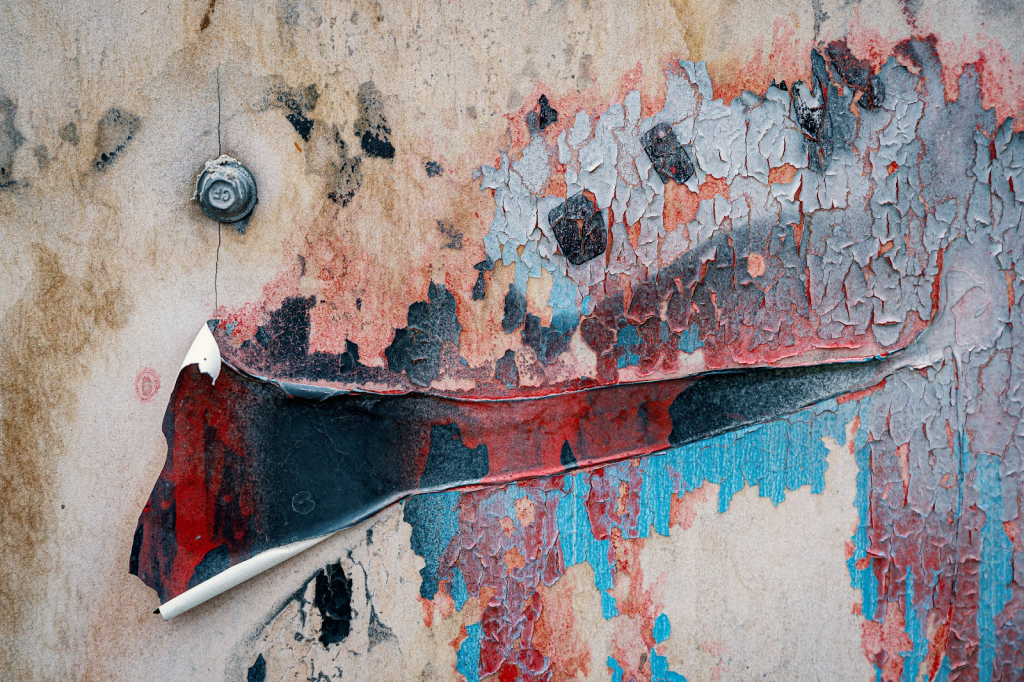Does Paint Kill Mold?


No, paint does not kill mold. Painting on mold may conceal the black patches where mold is forming, but this will not solve the problem. Mold is a microorganism that flourishes in environments with adequate moisture to support its growth. Paint formulated for resisting the growth of mold can prolong the quality of the material but it would not eliminate the growth from the core. Mold can be painted over, but it can still recur if you don’t stop it. If you’re in the process of painting your home and come across a place with mold, stop what you are planning to do. You could believe that painting over the mold isn’t a huge concern, but it could pose a bigger risk than you imagined.
Is It Suggested to Paint Over Mold?
Painting over mold depends on the severity of the situation. Once you’ve identified the origin of the humid conditions or moisture content in your home, you should determine if the mold is dangerous or non-hazardous. This is vital to know before painting over it because paint formulas really aren’t intended to remove or kill mold. Painting elevated humidity areas such as bathrooms, kitchens, and laundry areas with a mold growth-proof paint primer minimize recurrence. Only non-toxic mold or mildew should be painted on.
What Causes Molds and Mildews to Occur?
Mildew can emerge as black, gray, green, or brown spots in areas with high moisture levels, such as bathrooms, kitchens, or basements. High-humidity areas in the home that lacked sufficient or substantial fresh air circulation might eventually lead to mold or mildew concerns. To prevent mildew accumulation, install bathroom vents that connect to the exterior, change air purifiers on heaters and air conditioning units at specified intervals, and windows open even slightly to enable some adequate ventilation to flow through the area. You should also ensure that any dryers in a basement or laundry area have enough airflow.
Is Mold-Resistant Paint Going to Work?
Mold will not be killed by mold-inhibiting paint. Mildew is the common name for it, and it will develop right through conventional house paint: you should manually remove as much as you could, then finish it with a mold-killing primer. It was not the horror you expected, and we’ve simplified everything for you here. If you are unsure how well you can utilize anti-mold paint, I strongly advise you to contact a competent mold remediation business to assess whatever needs to be completed.
What Happens When You Paint Over Mold?
If you paint on mold, you may be jeopardizing the safety of your house and family. Painting on mold will neither destroy it nor prevent it from growing back. In immune-compromised patients, mold can induce a stuffy nose, sinus infections, persistent cough, dry eyes, contact dermatitis, and more serious reactions. Painting on mold is a simple repair that many property owners or landlords choose because it is inexpensive, or so they believe. Mold will reappear in its original shape or as chipped, bubbled, or cracked paint should you paint on it. In the foreseeable future, this may end up costing more than receiving mold cleanup kinds of services.
